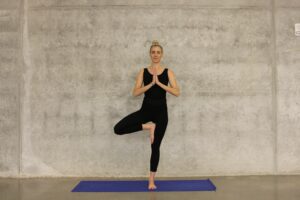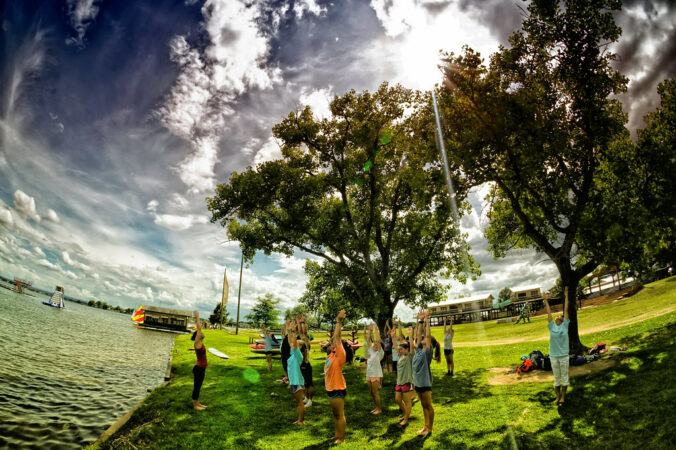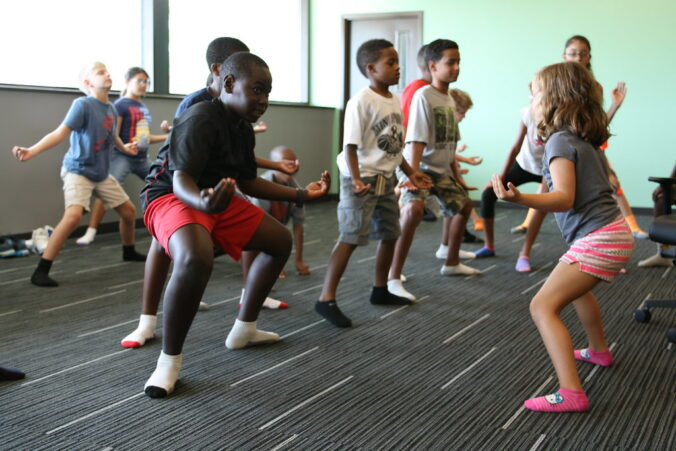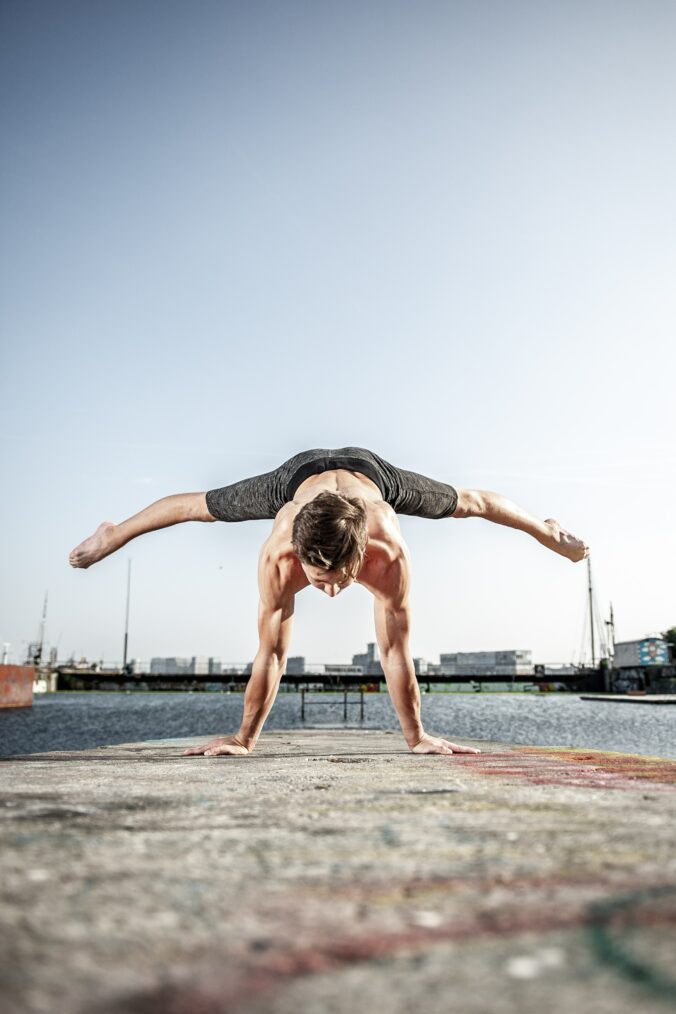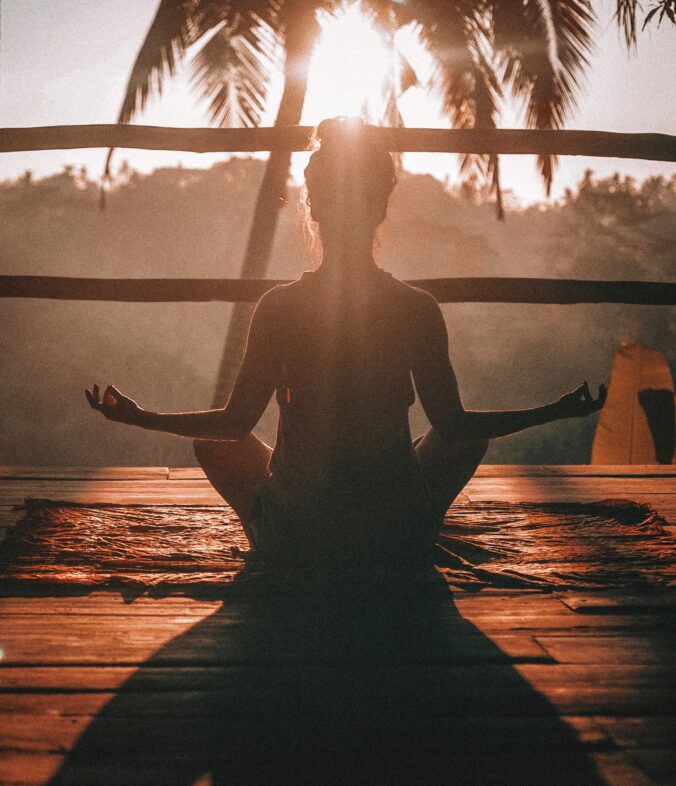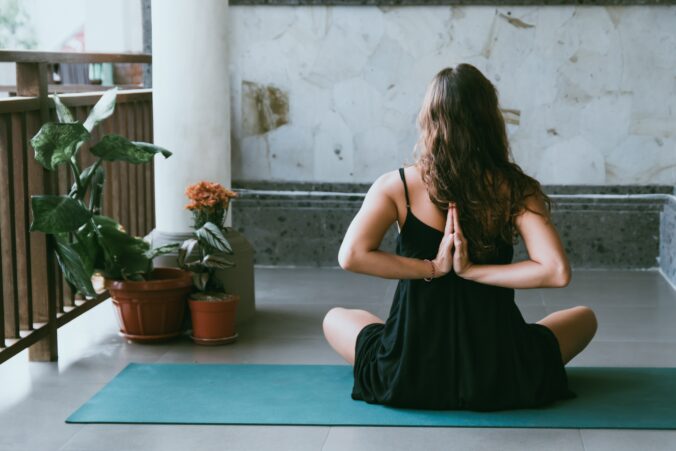I have become increasingly interested in teaching emotional and self-regulation in kids, and yoga is a great way to do so! Yoga connects the body and mind. The mind interprets and labels emotions, and the body experiences them. Connecting the two can lead to better regulation of emotions. Yoga can help to identify and understand emotions and how they react to them (Gould, 2014).
Emotions are like the weather!
Hannah Gould made a great comparison: emotions are like the weather. They shift, change, and can be unpredictable. They can be affected by many things, such as sensory experiences, hunger, fatigue, excitement and anxiety.
Yoga can help to become mindful of the variability of our own emotional patterns.
Yoga & Attention
Yoga fosters self-regulation, through yoga poses and other mindfulness practices. Balance poses are a great way to self-monitor and deeply root yourself. For example, in tree pose, students must focus inwards and adjust their muscle actions. The process may be wobbly at first, but will challenge students to succeed. When they do, they will be deeply satisfied!
What does it take to help students with their emotional regulation?
- Patience
- Encouragement
- Hands-on assistance
https://www.beyondbooksmart.com/executive-functioning-strategies-blog/developing-emotional-regulation-skills-through-yoga
Breathing Exercises
There are many breathing exercises that you can do with your students, but a couple of my favourite are bunny breaths and dragon breaths.
Dragon Breath:
Bunny Breathing:
A fun video I found for helping a child calm down who is struggling with self-regulation:
- Pizza Breathing
- Magic Mustache
- Quite Lap
- Self Hug
Overall, it is important to teach students self-regulating skills, and yoga is a great tool to do that!
https://www.yoremikids.com/news/emotional-regulation-activities-for-kids

